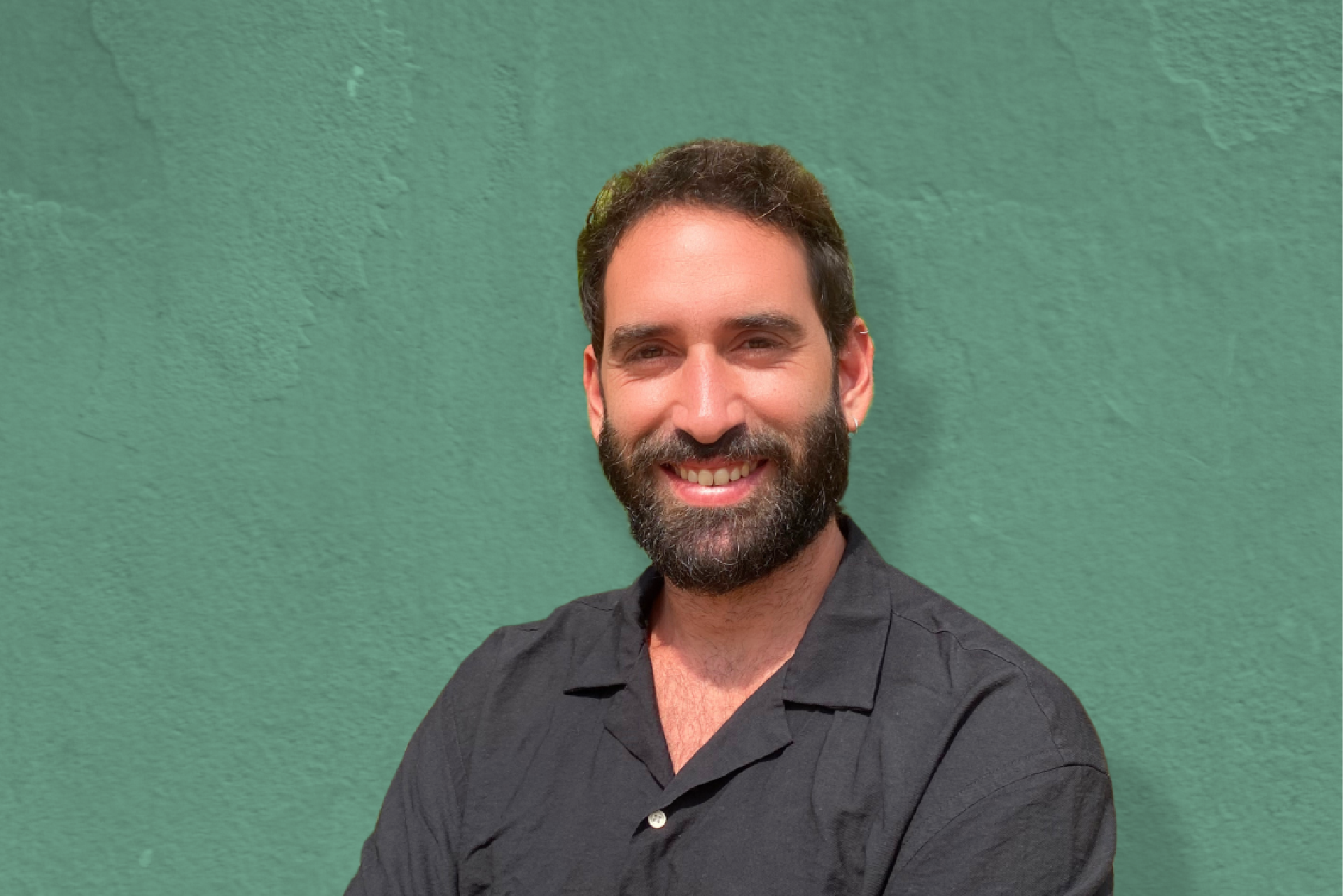
Green Success Stories sits down with Satadru Roy, Ph.D., founder and CEO of Alcifo, to learn about how he is working on making air taxis a reality.
Tell us a little bit about you and your background:
I’m passionate about engineering and I’m entrepreneurial at heart. I have been taking lead roles in numerous government/industry-funded efforts to develop tools and methodologies for system-level analysis of future technologies and its impact on the environment. I obtained my Ph.D. from Purdue University with a thesis on how to combine engineering, operations, and economics that leads to a sustainable air transportation system.
Currently, I am the founder and CEO of the company ALCIFO that seeks to make air taxis a reality via simulation-as-a-service. Prior to starting this company, I was a research faculty at the Center for Urban and Regional Air Mobility at Georgia Institute of Technology where I helped build the research portfolio for the center. I was also a postdoctoral research associate at Purdue University where I took the lead role in a market feasibility study of regional air mobility due to the inclusion of advanced technologies such as distributed electric propulsion and autonomy.

What is a fun fact about you?
My nickname is Tupai and my close friends (specially the nerdy ones) often come up with a joke connecting my nickname and 2pi (two times the greek alphabet pi).
Why do you think climate change and sustainability is such an important topic today?
My father passed away a few years ago due to lung cancer. He was perfectly healthy. One day we suddenly learnt that he was diagnosed with advanced stage lung cancer and within six months of diagnosis he is gone from all of our lives. We do not know what exactly caused the disease in him. He was never a smoker or even had alcohol in his life. But we do know the fact that worldwide death counts because of air pollution — one of the leading contributors towards climate change — have almost doubled over the last two decades and in India the death rate is even higher.
We, as engineers, relentlessly try to innovate and build better technology vehicles that are more fuel-efficient. However, when we look at the environmental footprint from a holistic standpoint we may actually get to see a different picture. Even though the per vehicle emission may have reduced due to the inclusion of these newer technologies, however, the widespread usage and adoption of these technologies may actually increase the fleet-wide emission level — something that I learned though my prior research.
It is becoming more and more imperative that we take a holistic approach in our pursuit to seek solutions to combat climate change and such unified approach has been the motivation behind starting my company that can provide such capability. In this journey towards a sustainable future for aviation, our company is building a simulation platform to understand the advanced air mobility ecosystem in a holistic manner.
What do you envision your industry looking like 10 years from now?
We, in the field of aviation, have embarked on a journey that is going to revolutionize air transportation system in the coming decades. With the advent of electric propulsion technology and the ability to distribute the propulsion architecture across the vehicle, we are going to see numerous novel vehicle concepts that were not possible to conceptualize before. And this is going to fundamentally change how we think of air travel. In the not-so-distant future we are going to see widespread on-demand regional and urban air mobility, collectively known as advanced air mobility, of people and goods across the globe.
In the United States alone, we have over 5000 public use airports that are just lying in the plain sight and most of them are severely underutilized. There is a massive opportunity to grow the local economy around these small airports and a path to transition into renewable sources of energy, like solar cells and bio-fuels, needed to feed these electric (or hybrid-electric) aircraft for their day-to-day operations.
What can the average person do to make a difference?
Anyone willing to make a difference, can make a difference! I use to follow a 1-mile rule. If I am going somewhere that is less than a mile from my place, I will make sure I am not driving; I would walk or take a bike. At home, we also have a strict policy to maintain a separate trash bin for recyclables and then on our next grocery visit we will make sure we recycle them.
Whenever possible, I would use digital means and avoid taking printouts as much as possible. I’m sure people are already doing many such things and we need to educate and encourage others to innovate their ways of green engineering. Through these small acts, we are actually stacking up the dominos to make a big difference!




